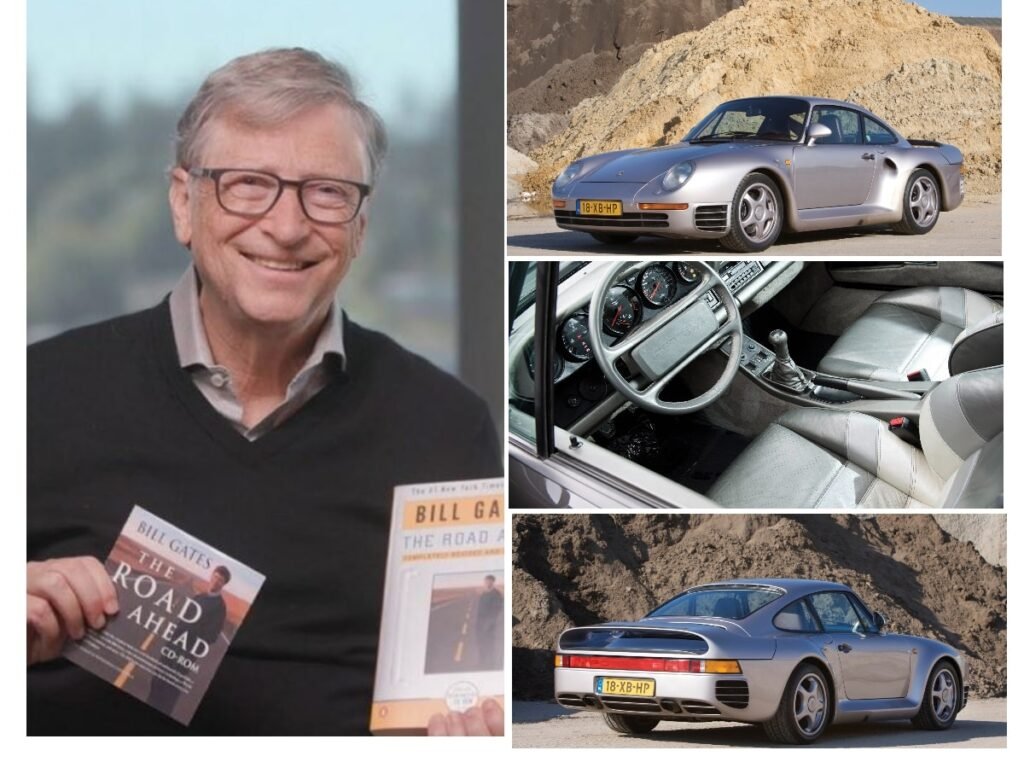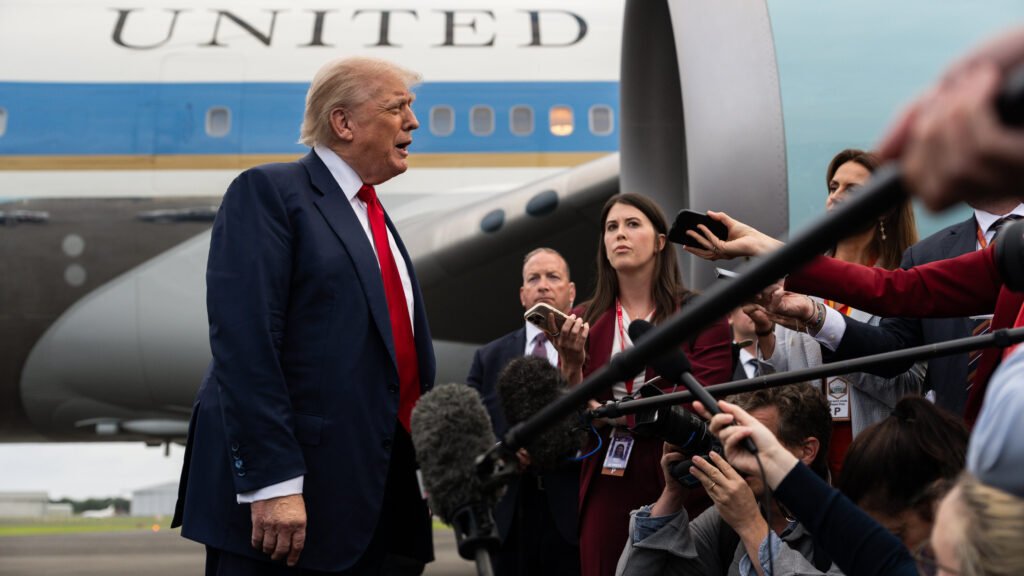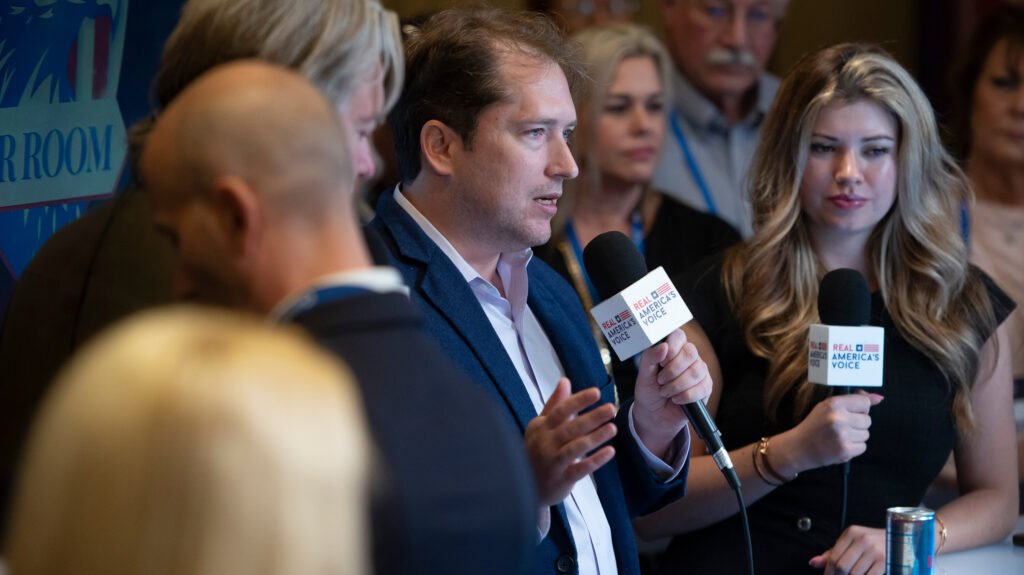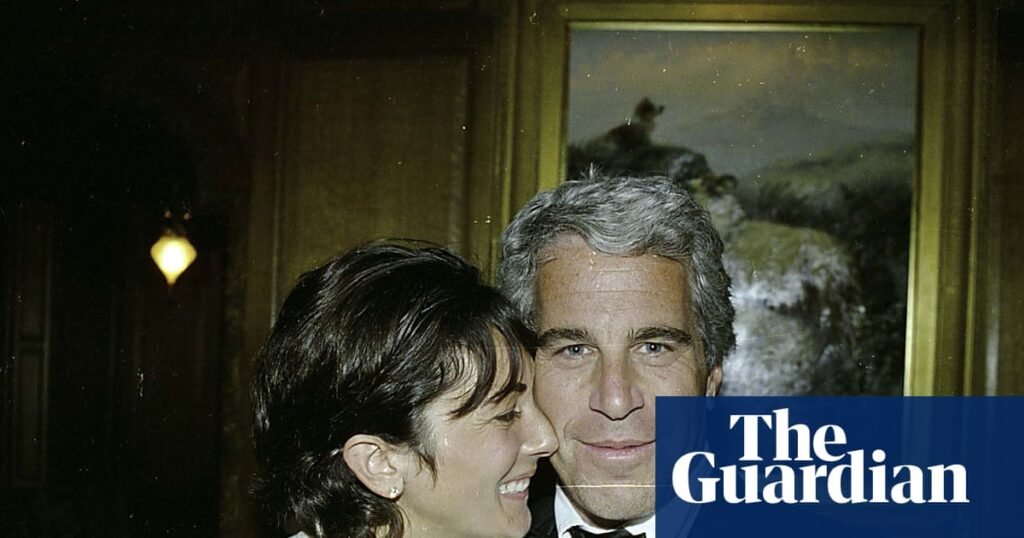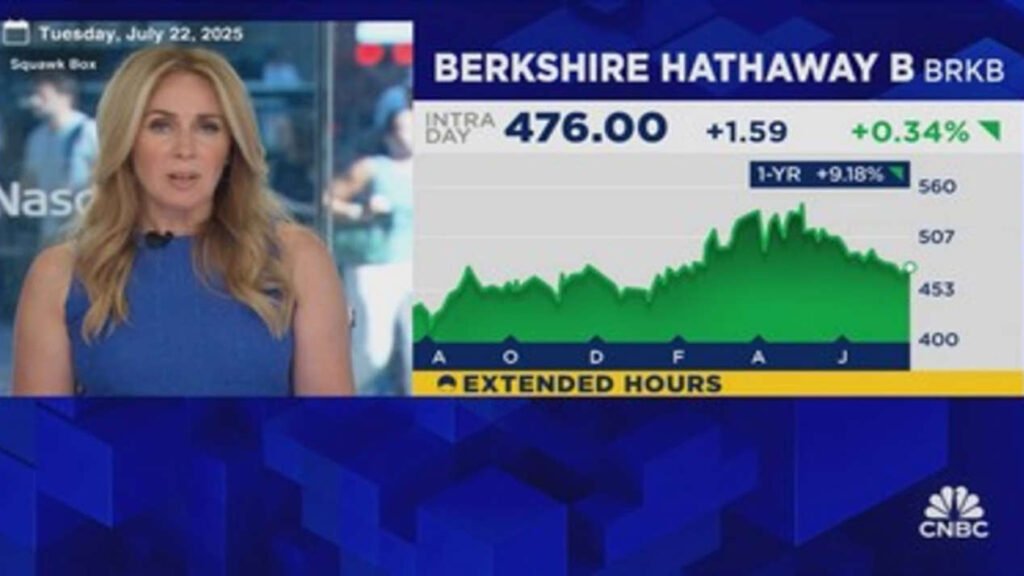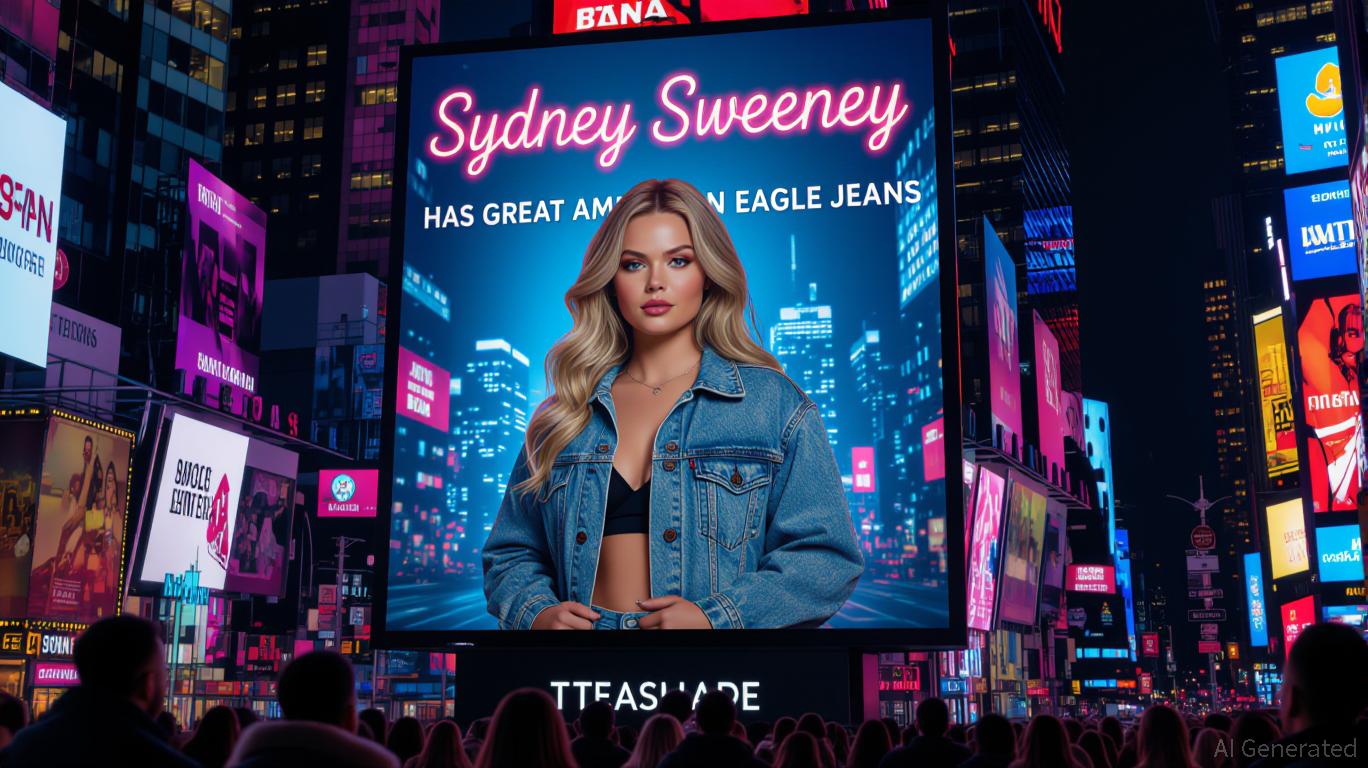
In 2025, the intersection of celebrity culture and retail investor behavior has become a defining feature of meme stock volatility. The case of American Eagle Outfitters (AEO) and its high-profile campaign starring actress Sydney Sweeney exemplifies how celebrity endorsements can ignite speculative fervor, transforming a stock into a social media-driven trading phenomenon. For investors, understanding the mechanics behind these surges—and the risks they entail—is critical to navigating an increasingly unpredictable market.
The AEO Surge: A Meme Stock Catalyst
On July 24, 2025, AEO’s stock price surged nearly 10% during regular trading hours and spiked over 17% in after-hours sessions, adding $400 million to its market capitalization. This volatility followed the launch of the brand’s fall 2025 campaign, which featured Sweeney in a provocative denim-centric ad. The campaign, described as the most expensive in the company’s history, included immersive elements like 3D billboards, AI-powered virtual try-ons, and a limited-edition denim jacket. Sweeney’s involvement, amplified by her social media presence and recent roles in shows like Euphoria and The White Lotus, created a viral buzz that spilled into financial markets.
Retail investors on platforms like Reddit’s WallStreetBets and Stocktwits quickly framed the campaign as a “meme stock play,” citing AEO’s high short interest (over 13% of shares sold short) as a catalyst for a potential short squeeze. The stock’s rally mirrored earlier meme stock frenzies, such as those seen with GameStop and AMC in 2021, where coordinated retail buying drove prices to unsustainable levels.
The Psychology of Retail-Driven Volatility
The AEO case highlights how celebrity endorsements can act as a “social proof” mechanism for retail investors. Sweeney’s involvement provided a narrative that resonated with Gen Z consumers and traders, who viewed the campaign as a sign of the brand’s cultural relevance. This narrative-driven approach bypasses traditional financial analysis, prioritizing momentum and sentiment over fundamentals.
Retail investors, often influenced by FOMO (fear of missing out), treated the stock as a speculative asset rather than a long-term investment. The stock’s low price (trading around $10–$12) and high short interest made it an attractive target for coordinated buying efforts. By the end of the first trading day, AEO’s shares had traded $513 million in volume—a 169% increase from the previous day—demonstrating the power of social media to concentrate retail demand.
Broader Implications for Meme Stock Behavior
The AEO rally is part of a broader 2025 meme stock resurgence, with companies like GoPro, Krispy Kreme, and Kohl’s experiencing similar surges. These stocks share common traits: recognizable brands, low stock prices, and high short interest. For example, GoPro’s stock price spiked 25% in early July after a TikTok influencer endorsed its new action camera, while Kohl’s saw a 12% jump following a viral post about its clearance sales.
This pattern underscores a shift in retail investor behavior. Unlike traditional investors who prioritize earnings and revenue, meme stock traders rely on social cues, celebrity endorsements, and collective action. The result is a market where stock prices can surge or crash based on narratives rather than fundamentals—a dynamic that poses both opportunities and risks.
Investment Advice: Balancing Speculation and Caution
For investors, the AEO case offers two key lessons:
-
Short-Term Opportunities, Long-Term Risks: Meme stock rallies can create short-term gains, but these are often unsustainable. AEO’s stock dipped 4% the day after its initial surge, settling at $11.52. While the rally briefly elevated the company’s valuation to over $2 billion, its long-term prospects remain tied to its core business performance. Analysts at Jefferies and Morgan Stanley have downgraded AEO, citing macroeconomic headwinds and weak consumer demand.
-
Due Diligence Matters: Retail investors often treat celebrity endorsements as a form of “due diligence,” but this ignores the company’s financial health. AEO, for instance, has reported a 35% year-to-date decline in its stock price and a 5% revenue drop in its latest quarter. While the Sweeney campaign may boost short-term sales, the company’s profitability and debt load remain unresolved challenges.
For those considering meme stock trades, it’s crucial to:
– Monitor Short Interest: High short interest (like AEO’s 13%) can amplify volatility but also increase the risk of a sharp reversal if sentiment shifts.
– Diversify Exposure: Avoid overcommitting to a single stock, as meme-driven rallies often collapse rapidly.
– Set Exit Points: Use stop-loss orders to limit losses if the stock reverses course.
Conclusion: The Future of Retail-Driven Markets
The AEO case illustrates how celebrity endorsements and social media can reshape market dynamics. While these factors can create lucrative short-term opportunities, they also highlight the speculative nature of meme stock trading. For investors, the key is to balance participation in these trends with a disciplined, fundamentals-driven approach. As the 2025 meme stock wave continues, the line between retail enthusiasm and financial prudence will remain a critical consideration for navigating an increasingly volatile market.

